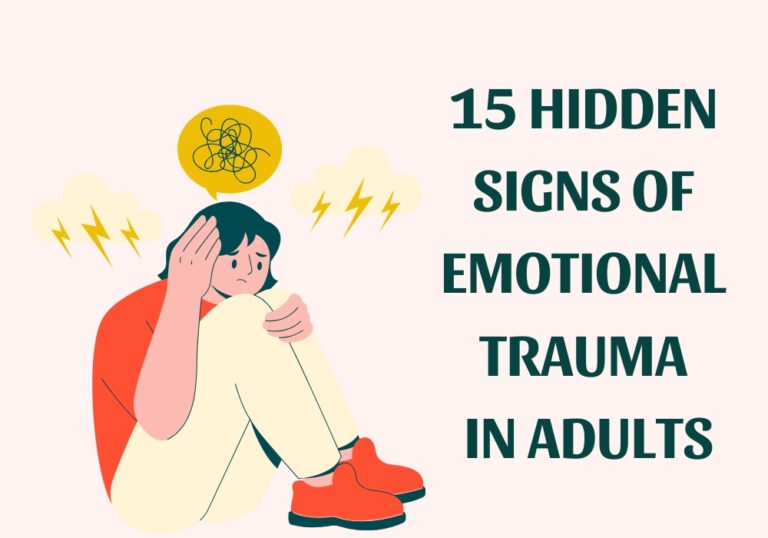Negative emotions may be uncomfortable and difficult to manage, but they are a natural part of life. Everyone experiences feelings of sadness, anger, and disappointment from time to time. Recognizing and acknowledging these emotions instead of suppressing them is essential, as they can offer valuable insight into our thoughts and behaviors. By enabling ourselves to feel and process unfavorable emotions, we can finally overcome them and discover greater emotional balance and well-being.
Negative emotions are when you feel unhappy or uncomfortable because of something that happened or something you’re thinking about. These emotions can be mild or intense and can include feelings like sadness, anger, fear, shame, guilt, envy, and disgust, among others.
Negative emotions can be elicited by a variety of circumstances, such as encountering deprivation, receiving censure, confronting a difficulty, experiencing rejection, or being in a stressful or perilous situation.
Learning how to effectively manage and accept negative emotions can result in better emotional well-being and an overall higher quality of life.
How to accept negative emotions?
It can be difficult to accept negative emotions, but it is an important step in managing and dealing with them. Here are some advice that can help you :
1-Negative emotions are NOT bad:
The human experience is enriched by negative emotions. Consider the purpose of pain, whether physical or emotional. For example, the sensation of pain when touching a hot pan can prompt you to quickly retract your hand and tend to the resulting burn.
Moreover, experiencing emotional pain and distress is also of great importance. According to many psychologists and researchers, negative emotions serve as messengers that communicate important information about our environment.
2-Establish a connection with the body:
Emotions are expressed in the body. To fully connect with one’s emotions, it is necessary to reconnect with the body. This can be done by exploring bodily sensations like tension and lightness. If identifying emotions proves to be challenging, then exploring bodily sensations can provide a better understanding of how one’s thoughts and experiences impact them.
3-Write about your thoughts and feelings:
Studies have shown that writing about difficult situations can improve both mental and physical health. Simply by devoting a few writing sessions to documenting one’s emotions, symptoms of PTSD can be reduced and overall well-being improved.
Related:10 Tips to start Journaling and make it a Habit
4-Make space for negative emotions:
From time to time, distressing emotions may appear too overwhelming and difficult to contain. It may seem like you’re getting pulled in different directions or pushed to your limits. Allow yourself some space by making room for these emotions.
5-Learn to recognize when you’re experiencing negative emotions:
Instead of diverting your attention from negative emotions or trying to repress or control them, it is recommended that you become acutely aware of their presence. It is possible to do this by focusing on negative emotions, mapping their intensity and movement in the body, and observing their impact on oneself.
6-Understand the cause:
Make an effort to comprehend what caused your negative emotions. This can aid in addressing the underlying problem and discovering solutions to manage emotions.
7-Express your emotions:
Speak with a trusted family member, friend, or therapist about your emotions. This can aid in your comprehension and processing of them.
8-Take emotional health breaks:
Consider how you can cut back on the emotional strain and stress you are feeling. Take a break and engage in activities that you find enjoyable. Integrate physical exercise into your daily routine to reduce stress and improve overall well-being.
Related:10 Ways To Find joy In The Little Things
Related:20 Things To Do In Your Free Time
9-Embrace imperfection:
It’s normal to experience negative emotions, and it’s okay not to feel happy all the time. Accepting this fact can help you find peace and happiness in your life.
Practice self-acceptance and embrace imperfection.
Related:Embracing Imperfection: 9 Top Steps to Self-Acceptance
10-Reframe your thoughts:
Learn how to change negative self-talk into positive self-talk and rephrase your thoughts constructively. This may aid in shifting your attention from negative-emotions to positive ones.
11-Practice self-compassion:
When experiencing negative-emotions, be gentle with yourself and treat yourself with kindness and compassion.
Finally:
It is important to note that embracing negative-emotions does not necessarily mean that you like them or derive pleasure from them. It just means recognizing them and letting yourself feel them without judging. Through practice and time, one can learn to handle negative emotions in a healthy manner.








